Home>Renovation & DIY>Home Renovation Guides>Where To Start Home Renovations
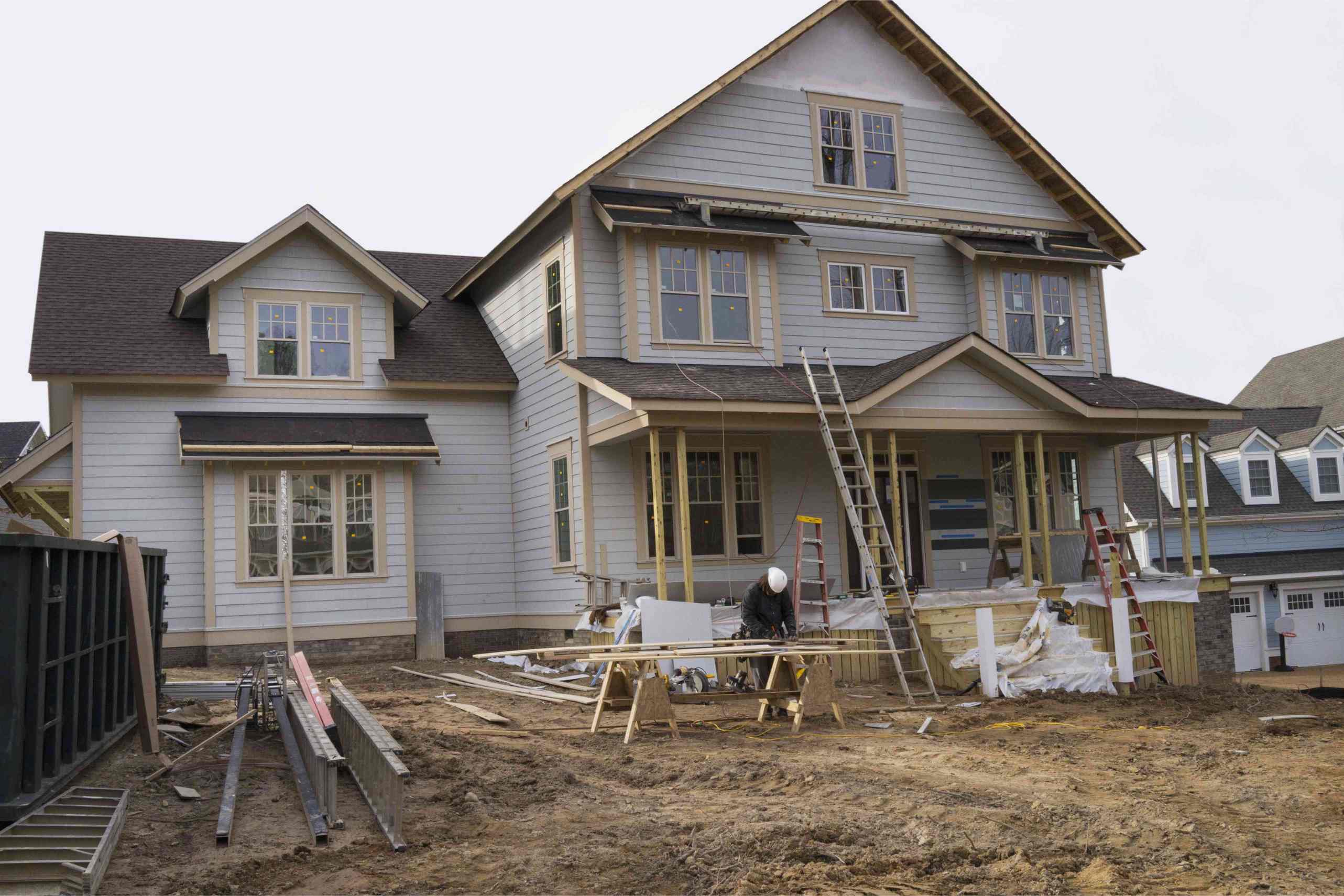

Home Renovation Guides
Where To Start Home Renovations
Published: December 21, 2023
Looking to start home renovations? Our comprehensive guides cover everything you need to know for successful home renovation projects. Explore expert tips and advice now!
(Many of the links in this article redirect to a specific reviewed product. Your purchase of these products through affiliate links helps to generate commission for Storables.com, at no extra cost. Learn more)
Introduction
Embarking on a home renovation project is an exciting endeavor that allows you to breathe new life into your living space. Whether you're aiming to enhance the functionality, modernize the aesthetics, or increase the value of your home, renovations offer a plethora of benefits. However, the process can be overwhelming, especially for first-time renovators. This comprehensive guide is designed to provide you with valuable insights and practical tips to navigate the complexities of home renovations with confidence.
Undertaking a home renovation requires careful planning, thoughtful decision-making, and a clear understanding of the various aspects involved. From assessing the condition of your home to setting a realistic budget, prioritizing projects, and managing the renovation process, each step plays a crucial role in the overall success of your endeavor.
Throughout this guide, we will delve into the key considerations that will empower you to make informed choices and streamline the renovation process. Whether you're revamping a single room or undertaking a full-scale renovation, the information presented here will serve as a roadmap to guide you through each stage of the journey.
By the end of this guide, you'll have gained valuable insights into the essential steps of home renovations, equipping you with the knowledge and confidence to transform your vision into a tangible reality. Let's embark on this enriching journey of renovation, where creativity meets practicality, and where your dream home begins to take shape.
Key Takeaways:
- Planning is crucial for home renovations. Assess your home, set a realistic budget, prioritize projects, and manage the process with diligence to ensure a successful and fulfilling transformation.
- Balance DIY and professional help. Consider materials and design thoughtfully, obtain necessary permits, and create a well-defined timeline to orchestrate a harmonious and efficient renovation journey.
Read more: How To Start Home Renovation
Assessing Your Home
Before diving into the renovation process, it’s crucial to conduct a comprehensive assessment of your home. Start by examining the current condition of each room, identifying areas that require attention, and evaluating the functionality of existing features. Look for signs of wear and tear, structural issues, outdated design elements, and any potential safety concerns. This assessment will serve as the foundation for determining the scope of your renovation project.
Pay close attention to the plumbing, electrical systems, roofing, insulation, and the overall structural integrity of your home. Identifying any underlying issues at this stage will enable you to address them proactively, preventing potential complications during the renovation process.
Consider the flow and layout of your living space. Are there any inefficiencies or limitations that you would like to address? Assess the natural lighting, ventilation, and spatial dynamics of each room to determine the areas that could benefit from improvement. Additionally, take note of any specific features or architectural elements that you wish to preserve or incorporate into the renovation.
Engage in open discussions with household members to gather diverse perspectives and preferences. Understanding everyone’s needs and desires will aid in shaping the renovation plans to accommodate the collective vision for your home. Furthermore, consider the long-term goals you have for your property. Whether it’s accommodating a growing family, enhancing energy efficiency, or increasing the resale value, aligning your renovation goals with your future aspirations is essential.
By thoroughly assessing your home, you’ll gain a clear understanding of the existing strengths and limitations, enabling you to envision the transformative potential of your renovation project. This knowledge will inform the subsequent decisions you make regarding budgeting, project prioritization, and design choices, setting the stage for a successful and fulfilling renovation journey.
Setting a Budget
Establishing a realistic budget is a fundamental step in the home renovation process. A well-defined budget serves as a guiding framework, allowing you to make informed decisions and allocate resources efficiently. Begin by determining the overall amount you are willing to invest in the renovation. Consider your financial capacity, potential financing options, and the expected return on investment.
When setting your budget, it’s essential to account for both the direct costs of the renovation, such as materials and labor, and indirect expenses, including permits, design fees, and unforeseen contingencies. Allocate a portion of your budget as a contingency fund to address unexpected expenses that may arise during the renovation process.
Research the average costs associated with the specific renovation projects you intend to undertake. Obtain multiple quotes from contractors and suppliers to gain a comprehensive understanding of the financial implications. Prioritize your renovation projects based on their impact and relevance to your overall goals, allowing you to allocate resources effectively.
While it’s natural to aspire to a lavish renovation, it’s important to maintain a practical perspective and align your expectations with your budgetary constraints. Consider potential cost-saving measures, such as repurposing existing materials, exploring alternative design options, and balancing premium upgrades with more budget-friendly alternatives.
Throughout the budgeting process, remain mindful of the potential long-term savings that certain renovations may offer. Energy-efficient upgrades, durable materials, and strategic investments can contribute to reducing maintenance costs and enhancing the overall value of your home.
Communicate openly with contractors and designers about your budgetary considerations. Collaborate to explore creative solutions and value-engineering opportunities that align with your financial parameters. A transparent and collaborative approach will foster a sense of shared accountability and enable you to make well-informed decisions throughout the renovation journey.
By establishing a clear and comprehensive budget, you’ll lay the groundwork for a financially sustainable renovation, ensuring that your investment yields a harmonious blend of functionality, aesthetics, and long-term value.
Prioritizing Projects
As you contemplate the various aspects of your home that require renovation, it’s essential to prioritize your projects based on their significance, impact, and feasibility. Consider the practical implications, aesthetic enhancements, and functional improvements that each project offers, aligning them with your overall vision for your home.
Start by identifying projects that address critical maintenance and safety concerns. Addressing structural issues, repairing essential systems, and mitigating potential hazards should take precedence to ensure the integrity and safety of your home.
Next, evaluate projects that contribute to enhancing the functionality and comfort of your living space. This could include upgrading the kitchen and bathrooms, optimizing storage solutions, improving insulation, or creating versatile living areas. Assess the daily routines and lifestyle needs of your household to prioritize projects that align with practicality and convenience.
Consider the visual impact of each project and its potential to transform the aesthetic appeal of your home. Whether it’s refreshing the interior paint, updating flooring, or enhancing curb appeal through landscaping and exterior renovations, these visual enhancements can significantly elevate the overall ambiance of your home.
Furthermore, assess the long-term value that each project brings to your home. Certain renovations, such as energy-efficient upgrades, sustainable features, and quality craftsmanship, can contribute to the appreciation of your property’s value over time. Balancing immediate gratification with long-term benefits is crucial in prioritizing projects that offer a holistic return on investment.
Engage in open discussions with your household members to gather diverse perspectives and preferences. Understanding everyone’s priorities and aspirations will aid in aligning the renovation projects with the collective vision for your home. Encourage an inclusive approach that considers the unique needs and desires of each member, fostering a sense of shared ownership in the renovation process.
By prioritizing your renovation projects thoughtfully, you’ll create a roadmap that aligns with your budget, timeline, and overarching goals. This strategic approach will enable you to navigate the renovation process with clarity and purpose, ensuring that each project contributes meaningfully to the transformation of your living space.
DIY vs. Hiring Professionals
One of the pivotal decisions in the home renovation process is determining whether to undertake certain projects as do-it-yourself (DIY) endeavors or to enlist the expertise of professional contractors. Each approach offers distinct advantages and considerations, and understanding the nuances of DIY versus professional services is essential in making informed choices for your renovation projects.
DIY projects can be personally rewarding and cost-effective, allowing you to invest your time and creativity in transforming your living space. Simple tasks such as painting, installing fixtures, and minor repairs are often well-suited for a DIY approach, providing an opportunity for hands-on involvement and a sense of accomplishment.
However, it’s crucial to realistically assess your skills, available time, and the complexity of the project before opting for a DIY approach. Certain renovations, particularly those involving structural modifications, electrical or plumbing work, and intricate craftsmanship, may necessitate professional expertise to ensure safety, compliance with building codes, and optimal results.
When contemplating larger-scale or specialized projects, engaging professional contractors and tradespeople can offer numerous advantages. Skilled professionals bring a wealth of experience, technical proficiency, and industry knowledge to the table, ensuring that the renovation is executed with precision and efficiency.
Professional contractors can also provide valuable insights and recommendations, guiding you through the design and material selection process to achieve optimal outcomes. Their expertise in project management, coordination of subcontractors, and adherence to timelines can alleviate the burden of overseeing complex renovations, allowing you to focus on other aspects of the project.
Additionally, working with licensed professionals provides a layer of accountability and assurance, as reputable contractors are typically insured and offer warranties on their work. This safeguards your investment and provides recourse in the event of unforeseen issues or discrepancies during the renovation process.
When deciding between DIY and professional services, consider the balance between your capabilities, the scope of the project, and your long-term objectives for the renovation. It’s also beneficial to seek multiple quotes from professionals, compare the costs and benefits of each approach, and weigh the potential risks and rewards associated with your decision.
By carefully evaluating the suitability of DIY versus professional services for each project, you’ll be able to leverage the strengths of each approach, ensuring that your renovation journey is characterized by a harmonious blend of personal involvement and expert craftsmanship.
Start by creating a budget and a plan for your renovations. Assess the areas that need the most attention and prioritize your projects. Research and gather inspiration to help guide your decisions.
Read more: How To Start A Home Renovation Business
Researching Materials and Design
Delving into the realm of materials and design is a pivotal phase in the home renovation process, offering a canvas for creativity and functionality. Whether you’re envisioning a modern, minimalist aesthetic or a timeless, traditional ambiance, thorough research and thoughtful decision-making are essential in bringing your vision to life.
Begin by exploring a diverse array of materials, finishes, and design concepts to gain inspiration and insight into the possibilities for your renovation. Visit showrooms, browse online galleries, and peruse design publications to acquaint yourself with the latest trends, innovative products, and timeless design elements that resonate with your aesthetic preferences.
Consider the practical attributes of materials, such as durability, maintenance requirements, and compatibility with your lifestyle. Whether you’re selecting flooring, countertops, cabinetry, or fixtures, prioritize materials that harmonize with your functional needs while contributing to the overall visual coherence of your home.
While exploring design options, maintain a balance between contemporary trends and timeless appeal. Strive for a design language that reflects your personal style while offering a sense of longevity and adaptability to evolving tastes. Embrace the opportunity to infuse unique elements and personal touches that imbue your home with character and warmth.
Engage in open dialogue with design professionals, contractors, and suppliers to glean insights into the practical considerations and technical aspects of material selection. Seek recommendations on sustainable, eco-friendly options, energy-efficient solutions, and innovative technologies that can enhance the efficiency and environmental footprint of your home.
Furthermore, consider the cohesive integration of design elements throughout your home. Aim for a harmonious flow between different spaces, ensuring that the materials, colors, and design motifs create a sense of continuity and visual unity. Explore the potential for architectural enhancements, spatial reconfigurations, and innovative layouts that optimize the functionality and aesthetic appeal of your living space.
As you delve into the realm of materials and design, allow your creativity to flourish while maintaining a pragmatic outlook on the practical implications of your choices. By conducting thorough research and embracing a discerning approach to material and design selection, you’ll lay the foundation for a renovation that encapsulates your unique vision and elevates the essence of your home.
Obtaining Permits and Approvals
Navigating the regulatory landscape of permits and approvals is a critical aspect of the home renovation process, ensuring compliance with building codes, zoning regulations, and municipal requirements. Before embarking on your renovation journey, it’s imperative to familiarize yourself with the necessary permits and approvals that pertain to your specific projects.
Start by researching the local building codes and permit requirements applicable to your area. Contact your municipal building department or visit their website to obtain comprehensive information on the permits needed for various types of renovations, structural modifications, electrical work, plumbing alterations, and other significant projects.
Engage in open communication with local authorities to seek clarity on the specific documentation, drawings, and technical specifications required for permit applications. Understanding the procedural nuances and compliance standards will facilitate a streamlined process for obtaining the necessary approvals.
Collaborate with architects, designers, or contractors to ensure that the renovation plans adhere to the stipulated regulations and meet the criteria for permit approval. This may involve preparing detailed drawings, structural assessments, energy compliance documentation, and other technical submissions that demonstrate the adherence to building codes and safety standards.
Be mindful of the timelines associated with permit applications and approvals, factoring in the potential lead times and review processes that may influence the overall renovation schedule. Plan ahead to allow for sufficient time to secure the required permits, minimizing the risk of delays and ensuring a seamless progression of the renovation timeline.
During the renovation process, maintain transparency and compliance with the approved plans and permits to avoid potential complications or legal ramifications. Adhere to the stipulated guidelines, engage certified professionals for specialized work, and facilitate inspections as required to validate the quality and safety of the renovations.
By proactively addressing the permit and approval requirements, you’ll instill a sense of confidence and assurance in the structural integrity and regulatory compliance of your renovation. This conscientious approach not only fosters a safe and harmonious living environment but also contributes to the long-term value and marketability of your home.
Creating a Timeline
Developing a well-defined timeline is a pivotal aspect of the home renovation process, serving as a strategic roadmap that orchestrates the sequence of activities, milestones, and completion targets. A meticulously crafted timeline not only instills a sense of structure and organization but also facilitates efficient coordination of resources, tradespeople, and project phases.
Commence the timeline creation by conducting a comprehensive assessment of the scope of your renovation projects. Break down the overall endeavor into individual tasks, categorizing them based on their complexity, dependencies, and the sequence of execution. This granular approach will enable you to visualize the progression of the renovation journey and identify critical junctures that require focused attention.
Engage in open discussions with contractors, designers, and tradespeople to gather insights into the estimated duration of each project phase. Leverage their expertise to ascertain realistic timelines, account for potential contingencies, and align the scheduling of activities with the availability of resources and materials.
Consider the interdependencies between different projects and the potential impact of one task on the commencement of subsequent activities. Strive to create a balanced and logical sequence that optimizes the efficiency and continuity of the renovation process, minimizing downtime and delays.
Factor in external variables such as seasonal considerations, supplier lead times, and potential weather-related constraints that may influence the timeline of outdoor or structural renovations. Anticipating these external factors and integrating them into the timeline will mitigate the risk of unforeseen disruptions and enable proactive mitigation strategies.
Embrace a flexible mindset while crafting the timeline, allowing for adaptability and responsiveness to evolving circumstances. While a well-structured timeline provides a framework for the renovation journey, it’s essential to remain agile and receptive to adjustments that may arise due to unforeseen challenges or opportunities for optimization.
Throughout the renovation process, maintain open lines of communication with all stakeholders involved, ensuring that the timeline is upheld, and any deviations are promptly addressed and resolved. Regularly review the progress against the established milestones, making necessary adjustments to optimize the efficiency and alignment of the renovation activities.
By creating a comprehensive and dynamic timeline, you’ll orchestrate a renovation journey characterized by purposeful momentum, synchronized execution, and a clear pathway toward the realization of your vision for an enhanced and revitalized living space.
Managing the Renovation Process
Managing the renovation process involves orchestrating a symphony of tasks, resources, and stakeholders to ensure a seamless and successful transformation of your living space. As the conductor of this intricate endeavor, your role encompasses strategic planning, effective communication, and proactive oversight to harmonize the diverse elements of the renovation journey.
Establish clear channels of communication with contractors, designers, and tradespeople, fostering an environment of transparency, collaboration, and shared accountability. Cultivate open dialogue to articulate your vision, expectations, and any specific considerations that are integral to the renovation. Encourage a participatory approach that invites diverse perspectives and fosters a sense of collective ownership in the realization of your home’s transformation.
Embrace a proactive stance in overseeing the progress of the renovation, regularly engaging in on-site inspections, progress reviews, and quality assessments. Stay attuned to the evolving dynamics of the renovation process, promptly addressing any emerging challenges, and leveraging opportunities for optimization and refinement.
Adhere to the established timeline and milestones, maintaining a vigilant eye on the progression of activities and the adherence to designated completion targets. Flexibility and adaptability are key attributes in managing the renovation process, allowing you to navigate unforeseen circumstances and evolving requirements with agility and poise.
Ensure that the procurement and delivery of materials align with the project schedule, mitigating the risk of delays and interruptions due to logistical constraints. Proactively engage with suppliers, monitor inventory levels, and anticipate the material requirements for each phase of the renovation to optimize the flow of resources.
Facilitate a collaborative atmosphere that encourages feedback, problem-solving, and continuous improvement. Embrace a solutions-oriented mindset, valuing the input of all stakeholders, and leveraging their expertise to overcome challenges and optimize the execution of the renovation projects.
Throughout the renovation process, prioritize the well-being and safety of all individuals involved, adhering to best practices in construction site management, occupational health, and safety standards. Create a conducive environment that upholds the welfare of workers, visitors, and household members, fostering a culture of responsibility and care.
By adeptly managing the renovation process with diligence, foresight, and a collaborative spirit, you’ll navigate the complexities of the endeavor with confidence, ensuring that each phase of the renovation unfolds cohesively and culminates in the realization of your vision for an enriched and revitalized living space.
Read more: Where To Live During Home Renovation
Conclusion
Embarking on a home renovation journey is a transformative endeavor that intertwines creativity, practicality, and the fulfillment of your vision for an enhanced living space. Throughout this comprehensive guide, we have navigated the various facets of the renovation process, empowering you with insights, strategies, and considerations to embark on this enriching endeavor with confidence and purpose.
From the initial assessment of your home’s condition to the meticulous planning of a well-defined budget, the prioritization of projects, and the orchestration of a strategic timeline, each phase of the renovation journey plays a pivotal role in shaping the outcome of your endeavor. By embracing a discerning approach to material and design selection, navigating the regulatory landscape of permits and approvals, and adeptly managing the renovation process, you’ll orchestrate a harmonious transformation that encapsulates your unique vision for an enriched and revitalized living space.
As you navigate the complexities of the renovation process, remember that open communication, proactive oversight, and a solutions-oriented mindset are instrumental in fostering a collaborative and purposeful environment. Embrace the journey with a spirit of resilience, adaptability, and shared ownership, recognizing that each challenge presents an opportunity for innovation and refinement.
Ultimately, the culmination of your renovation journey heralds the realization of a space that transcends mere functionality, intertwining your personal style, aspirations, and the essence of home. Whether you’re revitalizing a single room or embarking on a comprehensive overhaul, the transformation of your living space is a testament to the fusion of creativity, practicality, and the enduring pursuit of a harmonious and enriched lifestyle.
As you embark on this enriching journey of renovation, may your home become a canvas for self-expression, a sanctuary of comfort, and a reflection of your unique narrative. Embrace the transformative potential of each decision, the resilience in the face of challenges, and the joy of witnessing your vision materialize into a tangible reality. Your home is not merely a structure; it’s an embodiment of your aspirations, a testament to your journey, and a sanctuary that resonates with the essence of who you are.
Frequently Asked Questions about Where To Start Home Renovations
Was this page helpful?
At Storables.com, we guarantee accurate and reliable information. Our content, validated by Expert Board Contributors, is crafted following stringent Editorial Policies. We're committed to providing you with well-researched, expert-backed insights for all your informational needs.



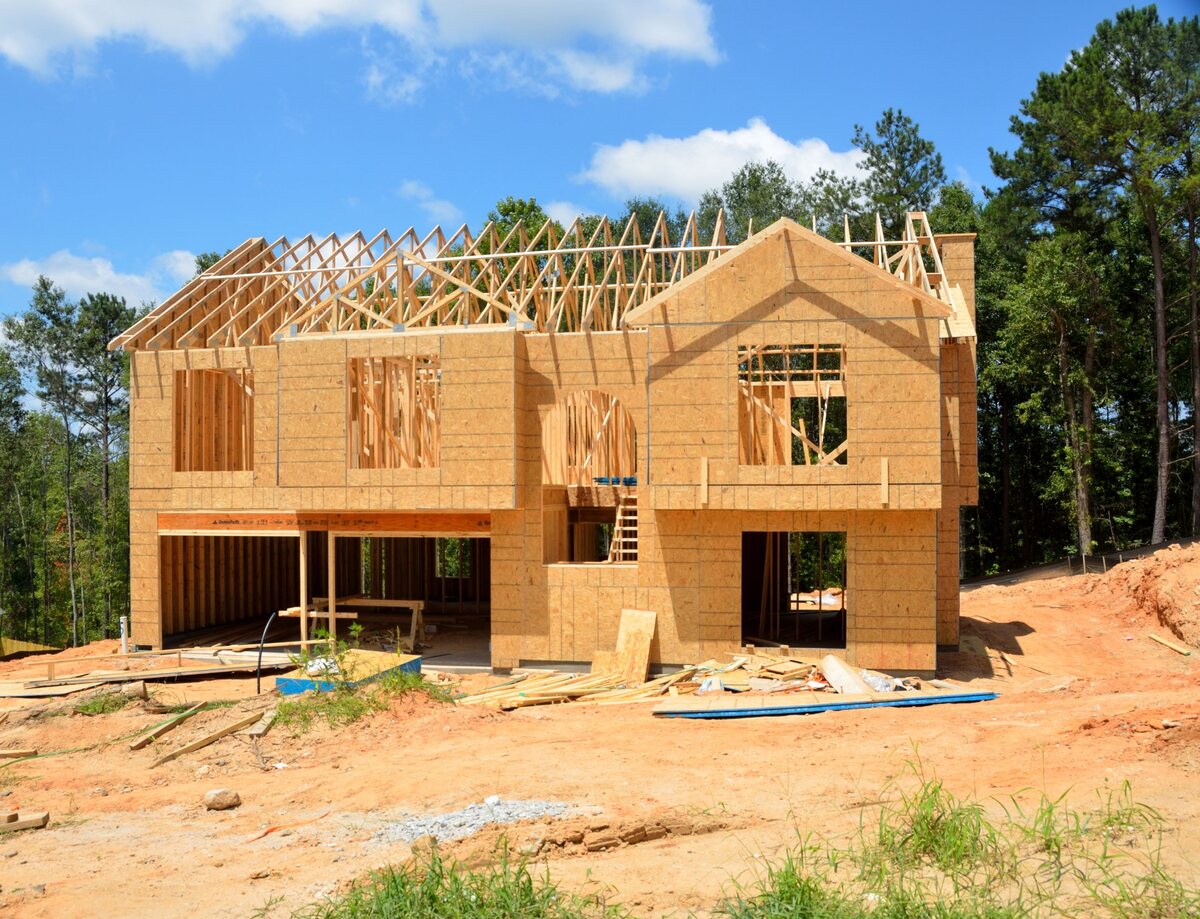
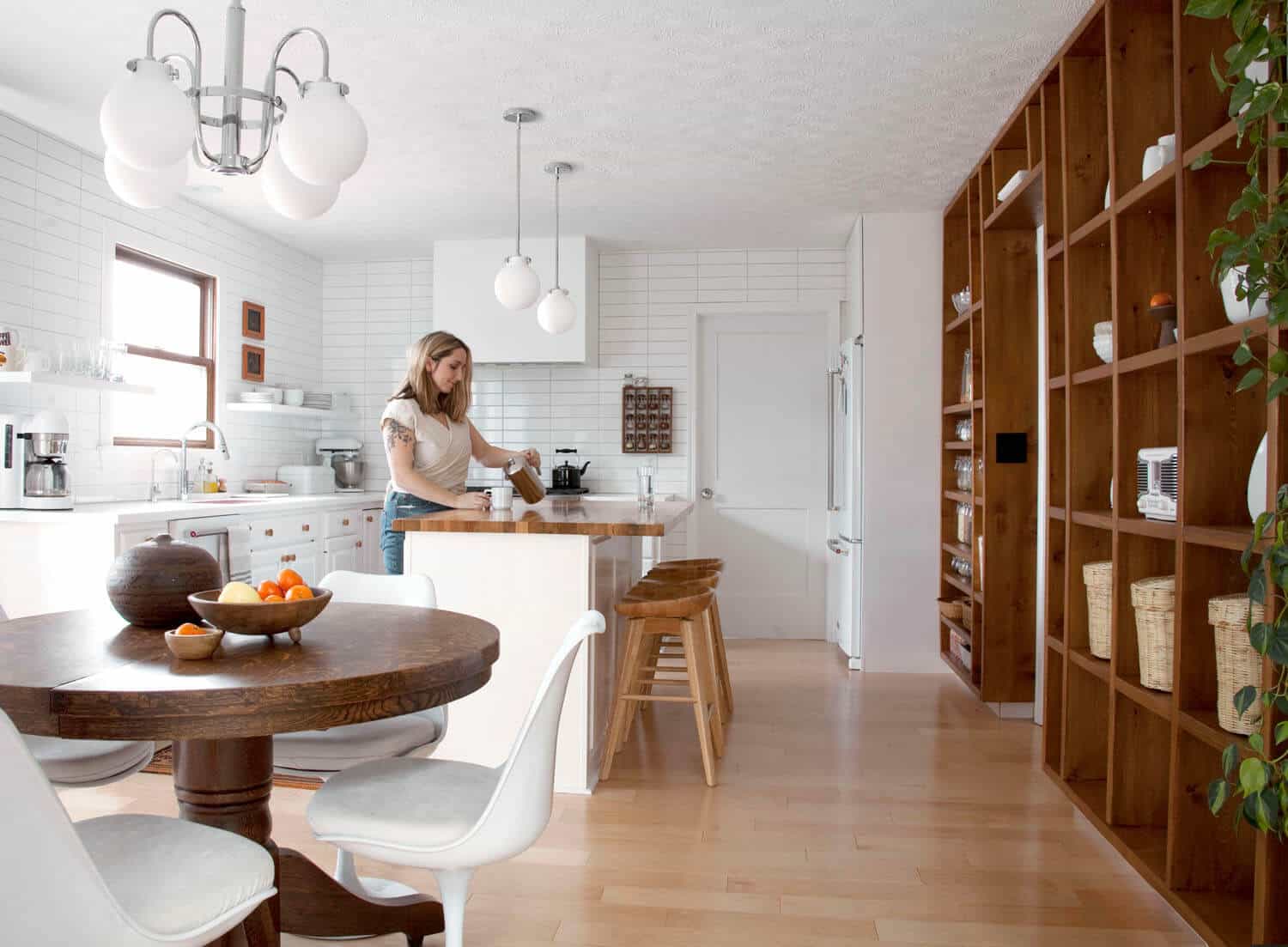
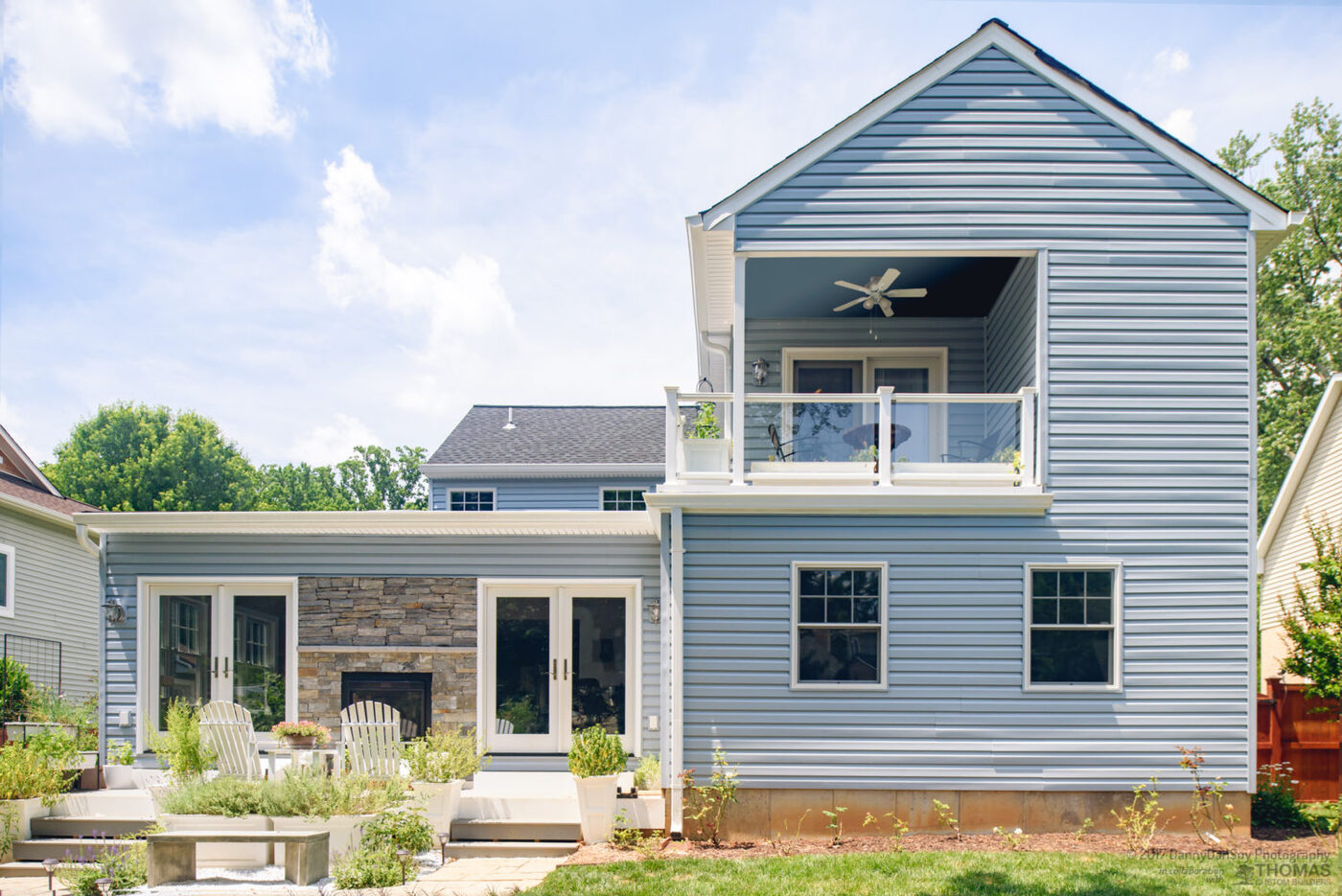

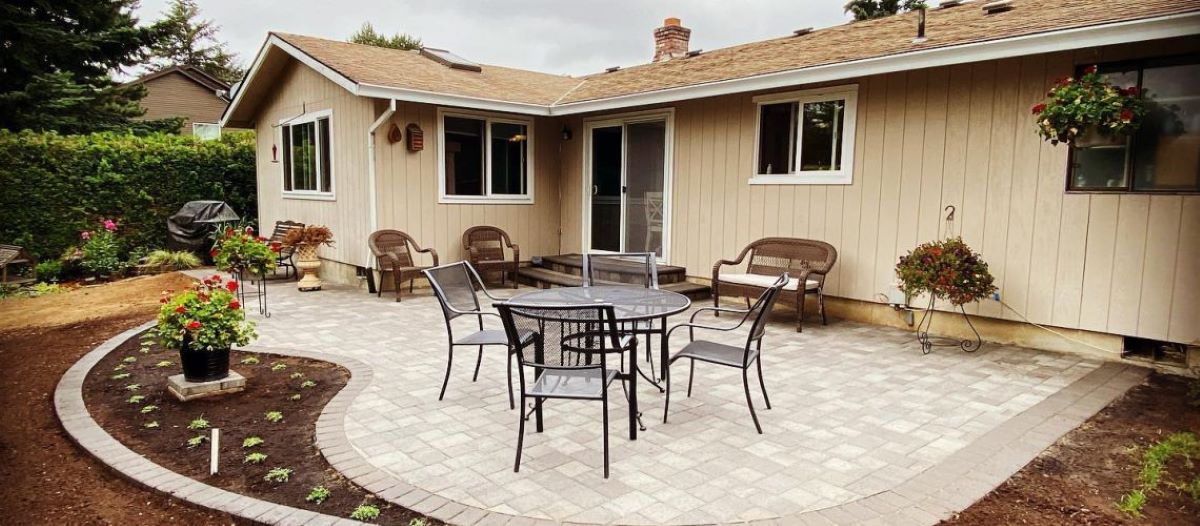
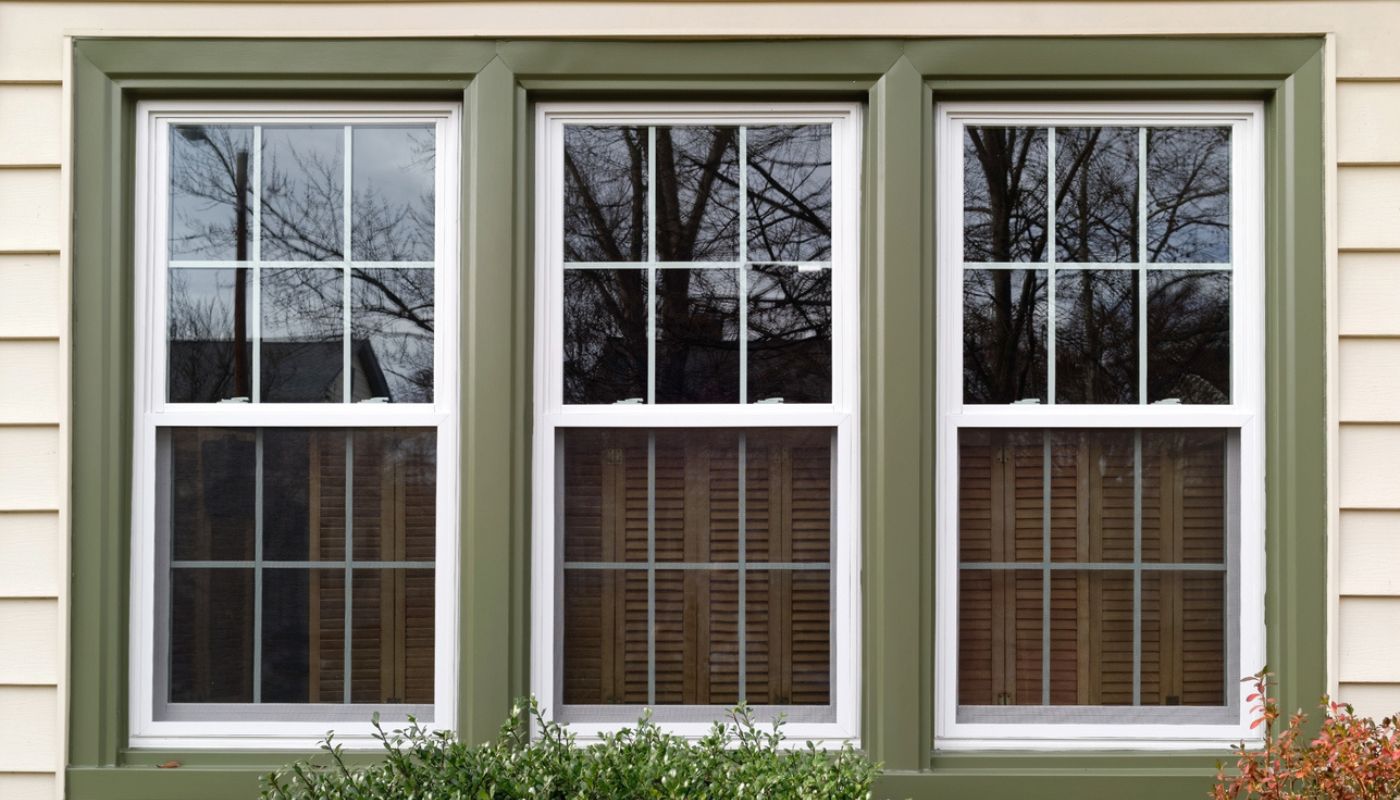


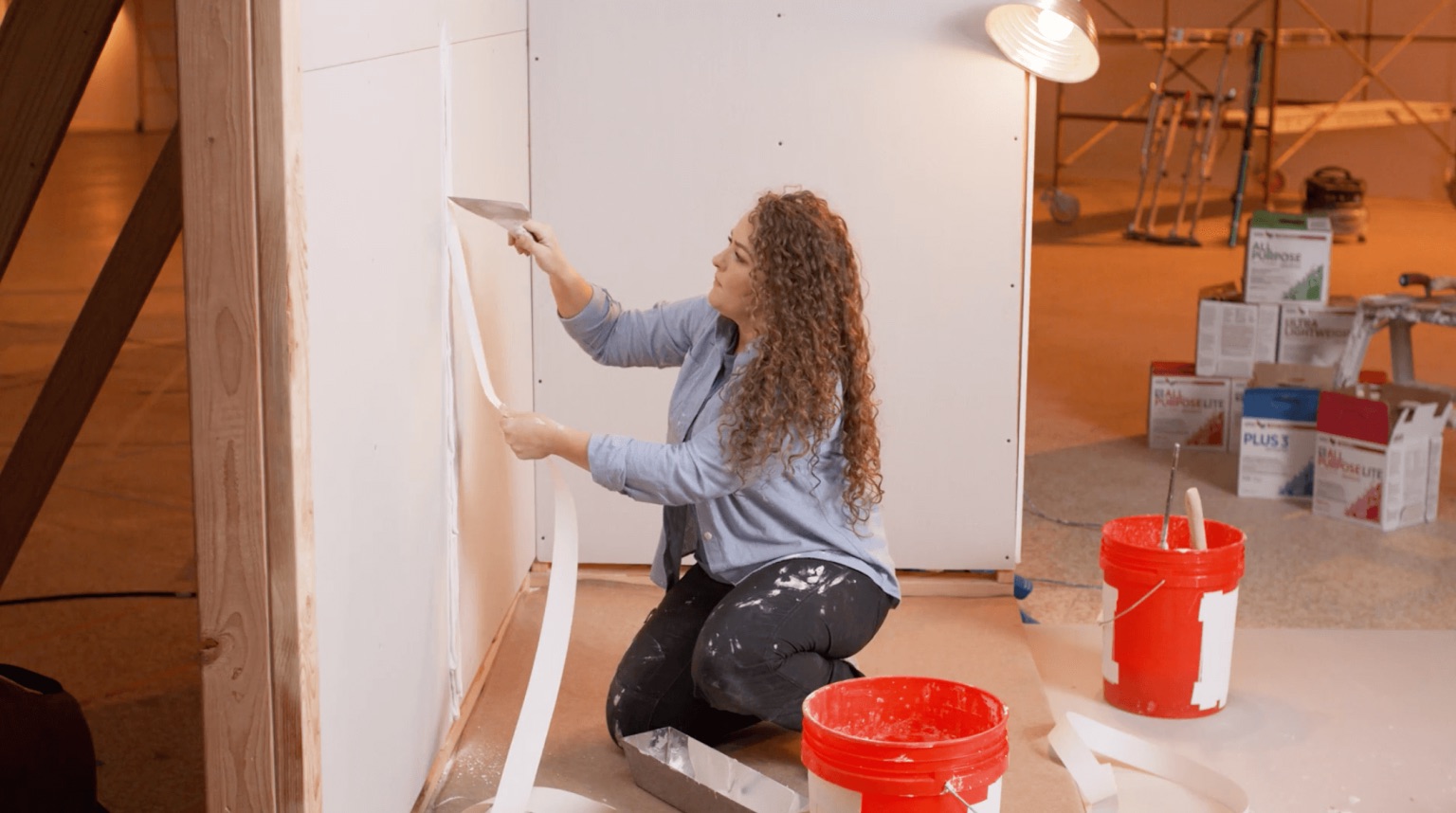
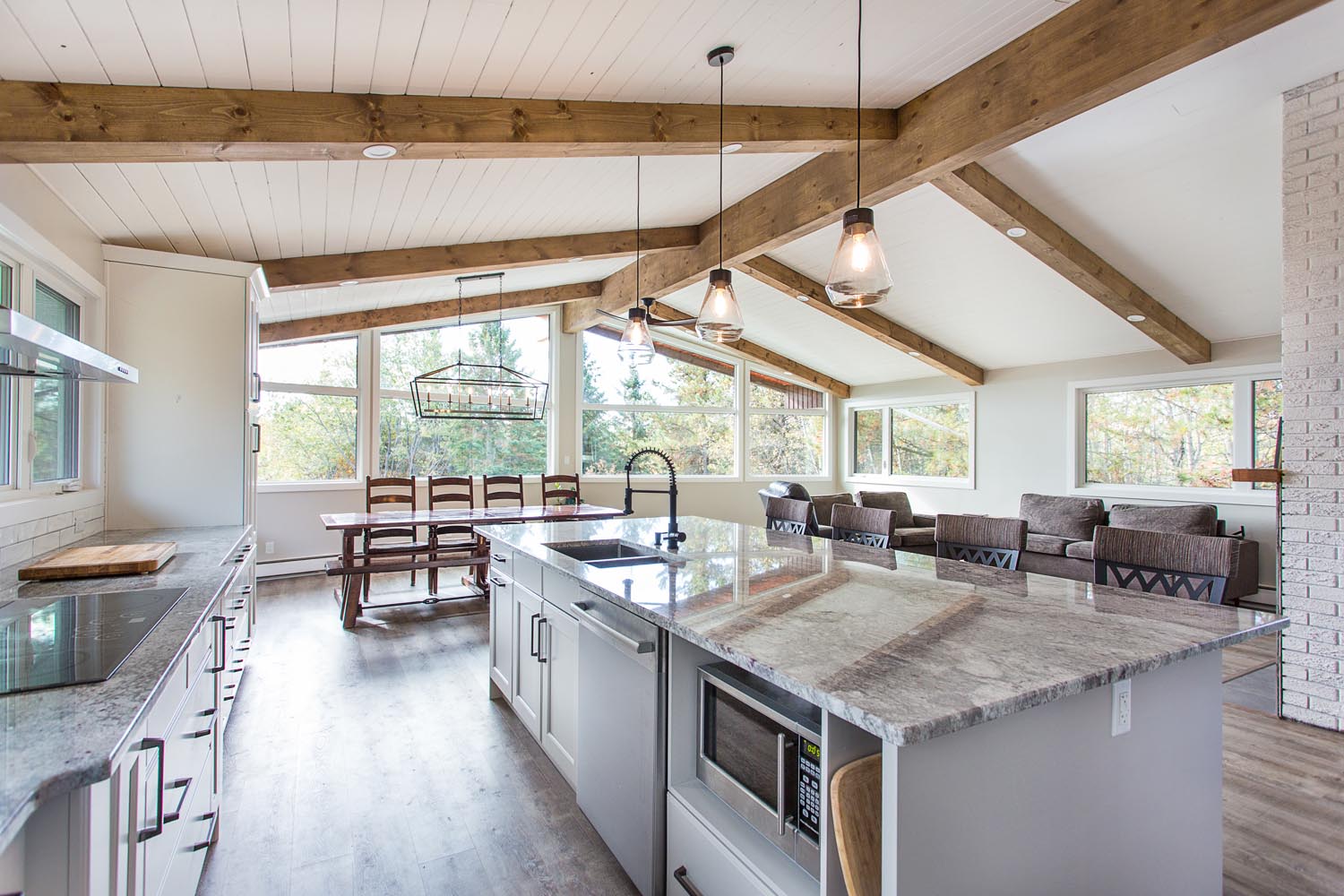

0 thoughts on “Where To Start Home Renovations”